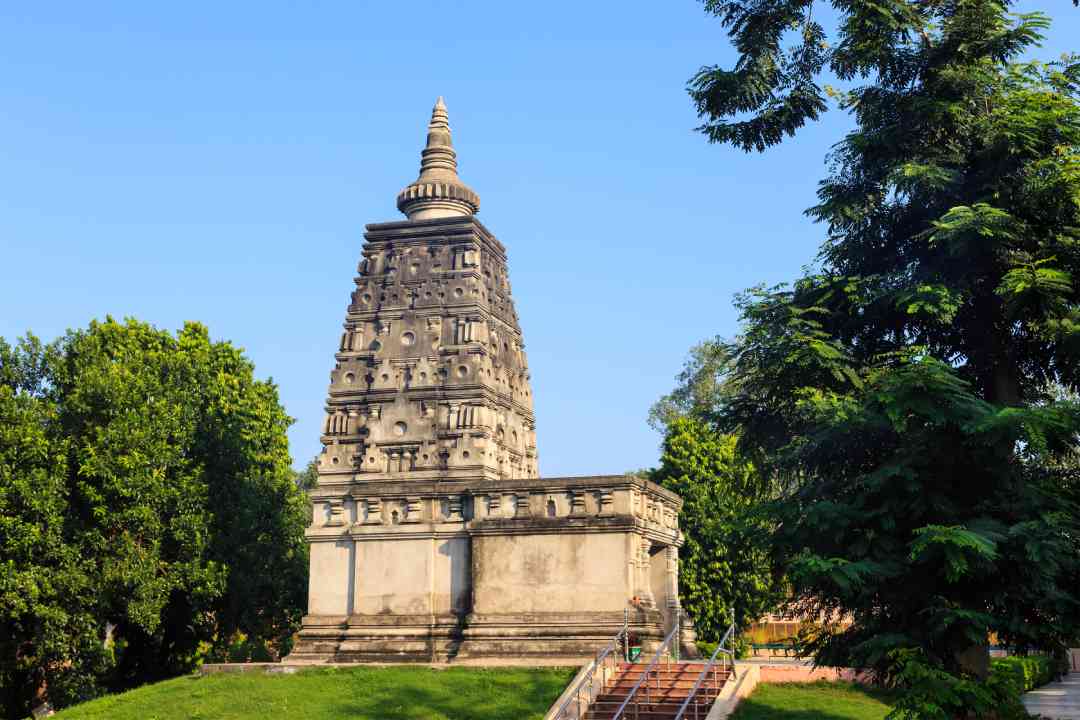India is a nation renowned for its extensive history and culture. We are all aware of how various nations around the world have been impressed by the historical beauty of the monuments. In India, you can see different styles of temple architecture and they are ideal examples of architecture created by talented craftspeople. As a result, many tourists explore temples of India each year to discover the beauty of architecture and culture of all religions.
However, a large number of these temples have been designated by UNESCO as belonging to old Indian tradition and culture, which enhance the grace and majesty of India’s legacy. So, students who pursue B. Arch colleges in Coimbatore should be aware of and acknowledge the traditional places which are known for their architectural styles and designs in India. Let’s discuss the temples that portray unique architecture and its history behind it.
FIVE Temples Showcasing Unique Architecture in India:
Temple architecture refers to the planning and development of structures used for religious or spiritual purposes. These structures are frequently distinguished by their majesty and beauty. Usually, they are built to be used as places of worship or prayer for those who belong to a specific faith or religion. You can study more about these topics in the best B Arch colleges in Coimbatore. Let’s discuss the top five temples that are known for architecture.
- Kanchi Temple:
One of India’s most stunning historic temples is the Kanchi Kamakshi Temple.
This temple is currently regarded as one of the most magnificent places of visit. It is located in Chennai, Tamil Nadu.
This temple’s design appears to be faultless and incredibly detailed. This temple occupies 5 acres of space in total. There are really lovely representations of Goddess Kamakshi inside.
Given that, in Hindu mythology Kamakshi is regarded as Maa Parvati’s highest manifestation, during her celebrations, this temple’s beauty is decked with gopurams made of multiple layers of gold.
And that makes sense considering that Lord Shiva, Brahma and Vishnu surround a statue of Kamakshi, who is the temple’s focal point of enchantment.
- Mahabalipuram
The Shore Temple of Mahabalipuram is primarily situated quite close to Chennai and is one of the numerous magnificent architectural sites of Tamil Nadu.
The reason behind the name ‘Shore Temple’ is because its appearance mimics the Bay of Bengal’s waterfront. The Cholas and Pallavas, two significant historical dynasties, played a role in the construction of Shore Temple.
The main king who contributed to the building of this temple is Narasimhavarman II. The gopuram, miniature shrine, statue of Durga Maa astride a lion, reclining Lord Vishnu and stone carvings are this temple’s basic highlights.
- Jain Temple
In Rajasthan, there are numerous Jain temples but none can match up to Ranakpur’s Jain Temple.
This temple is an architectural marvel in and of itself and totally represents the rich Jain tradition. In actuality, it is the pinnacle of aesthetic expression.
It was built in 1437 CE and is located in the Rajasthani city of Ranakpur, near Udaipur. Maru-Gurjara architecture can be found throughout this temple. However, the intricate designs represent the diversity of historical sculpture and art. The temple’s interior features are highly detailed sculptures on white marble.
- Belur Temple
The primary and most well-known temple in Belur is Chennakeshava Temple. This temple is situated in Karnataka’s Hassan district on the Yagachi River’s ramps. The temple was built in the 12th century during the Hoysala Dynasty’s reign.
The temple’s ground is the best place to meditate on. It gives a feeling of strange serenity and received guidance from superpowers.
The important passages from the epics Ramayana and Mahabharata, which together express all of Hinduism’s life teachings, are inscribed on the temple’s walls.
The intersection of three significant temples, including Hoysaleswara Temple, Halebid Temple, and Kedareswara Temple, gives the Belur Temple greater significance among India’s historic temples.
- Akshardham
Akshardham temple in Delhi was created using Maharishi Vastu Architecture principles. It is entirely constructed out of Italian marble and pink Rajasthani sandstone.
The highlights of the temple are made entirely of stone and no use of other metals like iron or copper. The magnificent 10-story-tall mandir has 234 elaborately adorned pillars, 9 domes and more than 20,000 figurines of sadhus and worshippers. Murtis of Sita Ram, Radha Krishna, Shiv Parwati and Lakshmi Narayan are also housed at the mandir. The five elements, or panch dhatu, make up each murti.
Conclusion:
Today’s architectural revolution has made a number of changes and one of the examples of current temple architecture is the Lotus Temple in Delhi, India. It has preserved various architectural honours for its creative and environmental friendly design. The marble temple is fashioned like a lotus flower and has energy-saving features like ventilation and natural lighting. All religions are welcome at the Lotus Temple, which stands for harmony and peace.
Once you pursue your degree in a top architecture college in India you can understand the importance of architectural temples and the history behind the construction, advancements and opportunities you can find now in this field.






